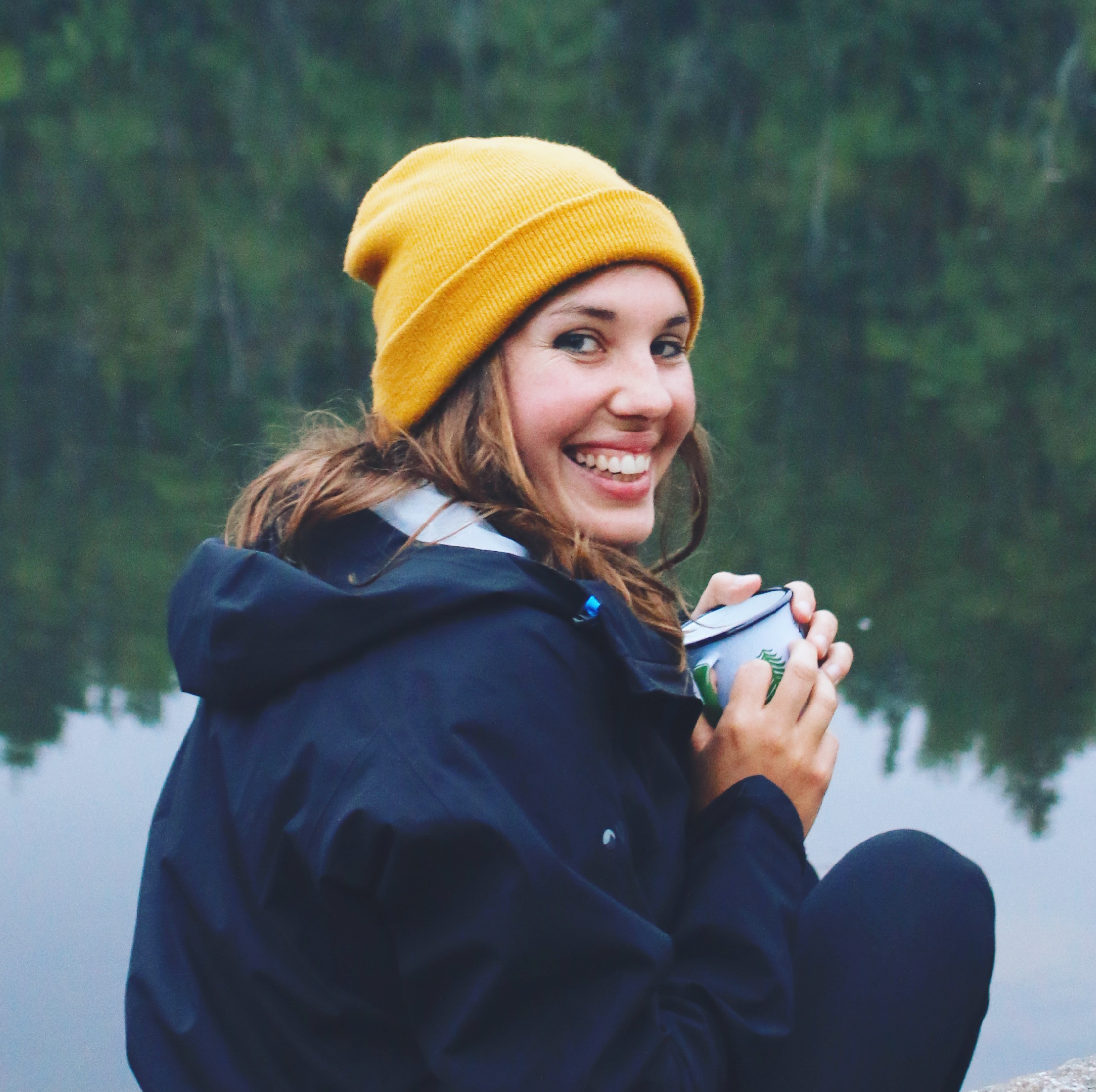Gower is a very beautiful peninsula, some miles from this blowsy town... As a matter of fact it is one of the loveliest sea-coast stretches in the whole of Britain.” So wrote Dylan Thomas in letters to his first girlfriend, Pamela Hansford Johnson, and the more I visit the jewel in Wales’ coastal crown, the more I agree with the country’s best-loved poet.
This small but perfect peninsula in South Wales is just 70 square miles in size, bound by the Loughor Estuary to the north and Swansea Bay to the east. Yet between its shores are epic cliffs and sweeping beaches, fairytale woods and sleepy moorland villages. And perhaps one of the reasons Gower feels so special is how you arrive: leave behind windswept Swansea and the dystopian factories at Port Talbot, pass through the pretty pastel tea shops of Mumbles, and the landscape changes. You’re somewhere wild, where ponies graze the marshes and miles of empty cliffs hang over the sea.
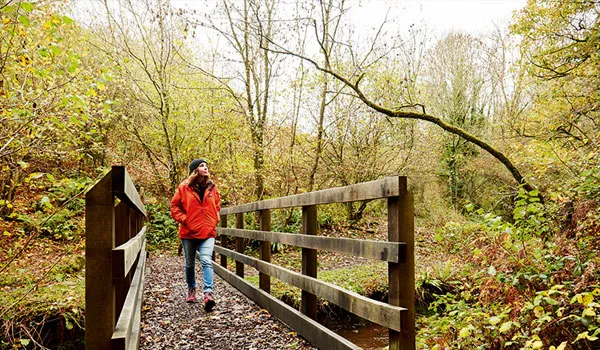
Gower is the perfect size to explore for a weekend. Look at a map and you’ll want to zigzag across the peninsula, down little lost lanes and sweeping coastal roads, and in just a few days you can get a real taste for this contrasting land. It’s hard not to stop constantly, though – every turn reveals a new discovery, a magnificent view, oddities such as a semi-submerged lighthouse or just a stubborn sheep blocking your path.
I’ve been to the Gower in glorious sunshine and I’ve walked here in fog so thick I couldn’t see a foot in front of me. I’ve stood on Worm’s Head when the wind blew so fiercely that I could lean backwards into it and have it support my weight. And I’ve sat on Rhossili Bay and watched the most beautiful sunset I’ve ever seen paint the cliffs gold, picking out surfers in silhouette. And for all my rambles on the peninsula, my favourite time to come here is still in winter.
One reason is that the charm of the Gower has not, of course, gone unnoticed. It was named as Britain’s first Area of Outstanding Natural Beauty in 1956, and since then it has been carefully protected. Gower can be a very busy place on a summer Saturday, full of families in wetsuits, and pastel-coloured VW vans sitting nose-to-tail on the road to the beach. But the sunseekers are missing a trick. In winter, Swansea Bay ditches that bucket-and-spade, cream-tea gentleness and reverts to its wilder, base nature.

The glorious beaches are empty, just miles of sand and sea. The many pubs have crackling fires to warm you. The woodlands feel fresh and quiet.
The Gower community is alive and busy in the darker months. This is no pickled tourist coast, but somewhere where many people still make a living from the land. Stand in Llangennith on a winter morning and a procession of Land Rovers full of barking gundogs will hurtle by on the way to a hunt. Drive past the saltmarshes and you can spot the cockle and mussel pickers striding out in yellow waders to gather in their catch, a very dangerous undertaking as it’s so easy to get stuck in the viscous mud. Ask any local in the pub where they like to walk and you’ll get a detailed lecture on myriad trails and secret spots, and maybe even a hand-drawn map.
Cafes, pubs and local shops tend to be very much open out of season, which makes sampling local grub easy. For such a little place, Gower has a splendidly strong home-grown selection of delicious things to taste. You could start your day with a cup of Gower coffee, have a homemade, award-winning brownie for elevenses, feast on saltmarsh lamb for lunch, snack on dried seaweed in the afternoon and round it all off with a pint of Gower Gold come evening.
Grey seals and guillemots
It’s not just humans who flock to Gower for a taste of the local fare. The peninsula is teeming with wildlife in winter. Grey seals are often spotted lazing on the rocks at Worm’s Head, and razorbills and guillemots can be seen in ‘rafts’ offshore. When the sea is flat and calm, you may even see a porpoise slicing through the water. The very best way to spot wildlife on the shore is to hop in a boat with Gower Coast Adventures and head out to sea for an afternoon.
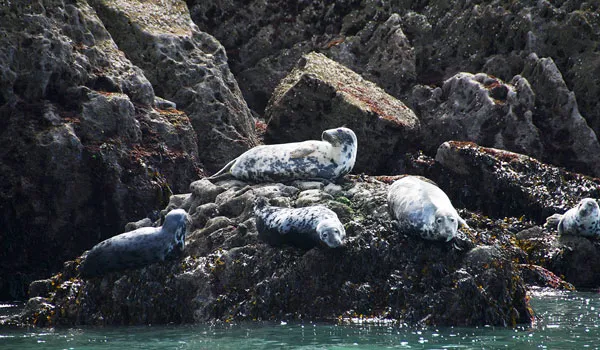
The weather can be very changeable and elemental at this time of year, of course. Monster waves wrapping themselves around Mumbles seafront aren’t uncommon, and some cliff paths are occasionally closed in epic winds. If the skies loom stormy, seek out the peninsula’s treasure trove of history instead. A walk round Parc le Breos Cwm,
a neolithic burial chamber built around 6,000 years ago, is guaranteed to give you the shivers, while Paviland Cave, only accessible when the tide is right, holds a unique and fascinating story. A complete Upper Paleolithic skeleton dyed in red ochre was discovered here in the 1800s and named the Red Lady of Paviland. Hopefully it wasn’t too offended, as later investigations have determined it was actually male.
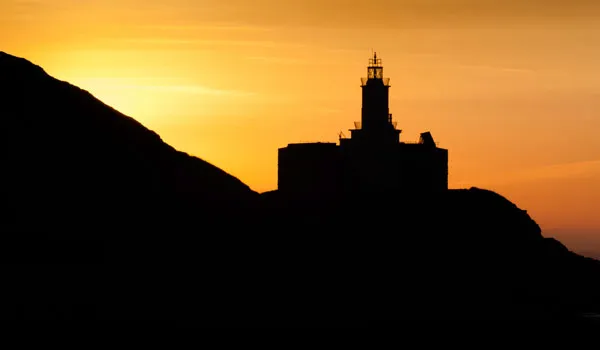
Photo credit: iStock/Mumbles Lighthouse, Swansea/Copyright: leighcol
Move from ancient history to a time of knights and castles – Gower’s medieval past is even more tangible. Wherever you go you’ll stumble across the ruins of once-proud manor houses. Oystermouth Castle, where in 1203 King John granted the Lordship of Gower to William III de Braose for the service of one knight’s fee, is closed to visitors in the winter months, but the loveliest ruin on the peninsula is open year-round. Weobley Castle is the very definition of a romantic ruin, perched on the edge of the saltmarsh. There’s no online booking or orderly queueing here – knock
on the door of the farmhouse on the edge of the castle’s land and they’ll sell you a ticket (plus a hunk of saltmarsh lamb if the fancy takes you) and leave you free to wander all over the castle and imagine you’re a Welsh king or queen.
These saltmarshes to the north are the starker side of Gower, and tales of life seem straight from a storybook. Drive past Llanrhidian Sands and you can look out over unchanged marshes where whales are still sometimes discovered washed up on the sands, likely startling the hardy ponies that graze there. Brian Jones, who picks cockles and seaweed here as his forefathers did, although now with the help of a Land Rover instead of a horse and cart, told me that when the tide comes in, the tough little ponies will simply stay put and let the cold sea lap up to their chests. Brian brings in his catch in the shadow of Whiteford Lighthouse, an often-flooded cast-iron lighthouse that locals swear is for still sale for the princely sum of £1 to anyone brave enough to take on the task of maintaining it.
It can be difficult to walk around the saltmarshes, as they are dangerous to those who don’t know the lie of the land. For stretching your legs and “airing your devils”, as Dylan Thomas would say, there’s nowhere better than Rhossili Bay. Thomas loved Rhossili, both as a boy, camping out on the coast with his friends, and as a grown man, returning here to take long, contemplative walks. It’s said that the only reason he didn’t end up living here was because there was no pub within striking distance.
The Bay sweeps round to Worm’s Head, so named because Viking invaders thought it resembled a serpent rising from the depths. The rocky island is cut off from the mainland at high tide, but when the time is right you can walk down the causeway and onto what feels like the edge of the world. Don’t linger too long, though – if you get cut off, you’ll have a 12-hour wait before you can return.
From Worm’s Head you can gaze down on the beach and the old Rectory, sat alone on miles of springy heather and forever looking out to sea. Below it the wooden skeleton of the wreck of the Helvetia, lost in a storm in 1887, emerges at low tide: a jagged reminder of the havoc winter weather can wreak on these shores.
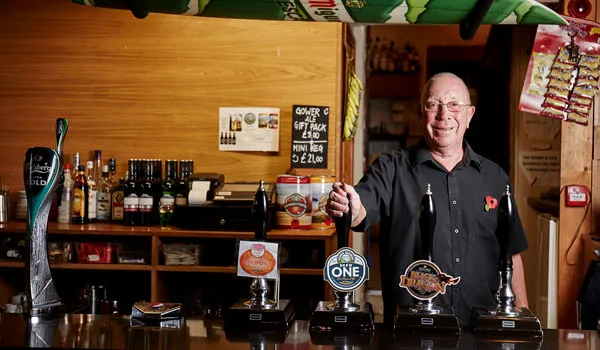
When you’ve had your fill of wind and sky, seek shelter in the cosy bar of the Worm’s Head Hotel. Here on an iron-grey December afternoon I meet Kathryn Thomas, one of the local rangers with the National Trust. She’s lived here for many years and loves it best in the winter. “In the colder months you can have Rhossili Bay all to yourself, which really is magical. We’re such a small community here that everyone rallies in winter. Gower is small and it’s an unusual place – people tend to know each other. In the pub you still get asked ‘And who do you belong to?’”
For more information, please visit:
visitwales.com/explore/west-wales/swansea-mumbles-gower
Sian Lewis is an outdoors and travel journalist who loves surfing The Gower’s beaches, exploring its moorland and sitting in warm pubs eating Welsh cakes.
Photos: Oliver Edwards, Alamy, Mary Evans
